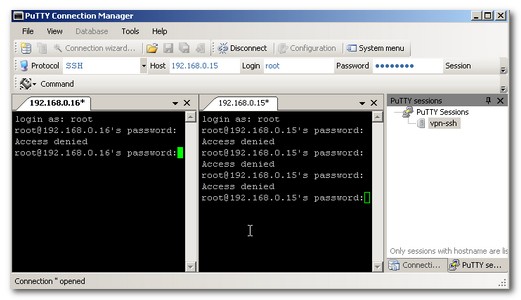

If you right-click on node in a topology you can open a different terminal than the default. Use a different terminal just one at a time #

It’s outside the scope of this document to cover editing your PATH environment variable, or cover all the possible variables available for the many console applications available. For example, you’d add “C:\Program Files\some-console-app\program.exe”, and then any necessary variables. If the console application isn’t part of your PATH environment variable, you’ll need to include the full directory path to it. Modify the highlighted section above to include the application’s executable, along with any necessary variables required. If you choose Custom and Save, you can add a non-supported terminal to the dropdown list: The second option is to enter the following path in the address bar C:\Program Files (x86)\PuTTY and then double-click on psftp.exe. From the list of program, Click on PuTTY and then PSFTP. In Edit->Preferences->General preferences->Console applications, you can edit the command used to start the console application.īelow are the predefined commands currently included: Use a custom Terminal # Below are three ways to open PSFTP: Click on the Windows Start button and go to ‘All Programs.’. You can direct GNS3 to use one of multiple other popular terminals (as options are provided in a handy dropdown selection menu), you can also create and save custom entries for any console applications (if needed), as well as temporarily use a custom console on a per-node basis in a project. GNS3 uses Solar-PuTTY as the default console terminal in Windows* (see note), and will attempt to use the default system terminal in other operating systems (gnome-terminal, for example, in vanilla Ubuntu). Configure GNS3 to use an additional remote server.How to use applications with the GNS3 Web interface.Install an appliance from the GNS3 Marketplace.


 0 kommentar(er)
0 kommentar(er)
